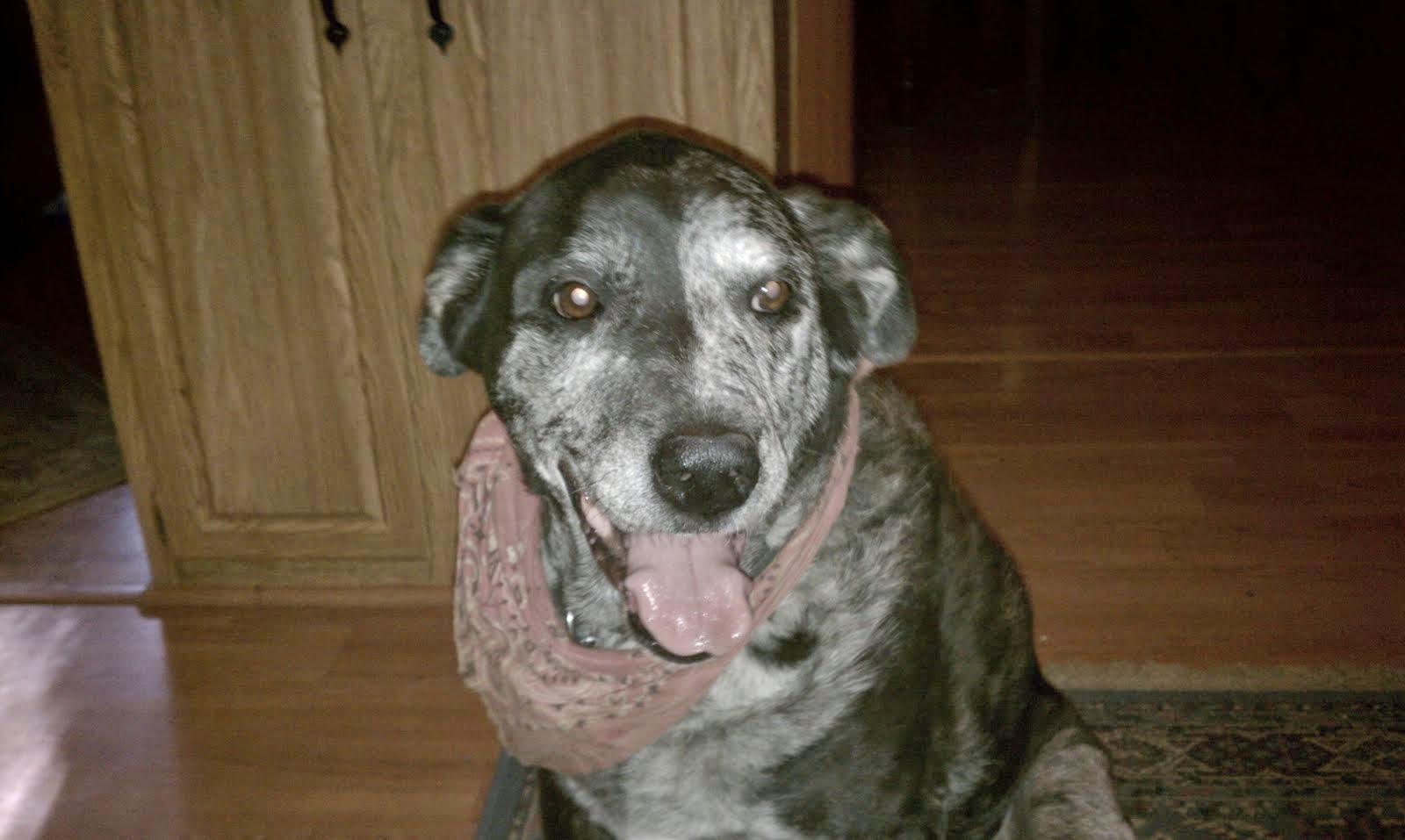A popular dog treat could be possibly be contaminated by bacteria, according to a study published this month by researchers at the Cummings School of Veterinary Medicine at Tufts University and the University of Guelph.
The treat in question: the "bully" or "pizzle stick." The American and Canadian researchers analyzed the caloric density and bacterial contamination of these popular items, made from the uncooked, dried penis of a bull or steer. (EEWWW!) They also administered a survey to pet owners to assess their knowledge of these treats.
The study, published in the January 2013 issue of the Canadian Veterinary Journal, examined 26 bully sticks purchased from retailers in the United States and Canada and made by different manufacturers.
All 26 treats were tested for bacterial contaminants. One (4 percent) of the sticks was contaminated with Clostridium difficile (a very difficult gut bacteria to get rid of-nasty) ; one (four percent) was contaminated with methicillin-resistant Staphylococcus aureus (MRSA), a type of staph bacteria that is resistant to certain antibiotics; and seven (27 percent) were contaminated with Escherichia coli, including one tetracycline-resistant sample.
The number of treats sampled was small and not all of these bacterial strains have been shown to infect humans. However, the researchers advise all pet owners to wash their hands after touching such treats, as they would with any raw meat or raw meat diets.
The very young, elderly, pregnant, immunocompromised and other high-risk individuals should avoid all contact with raw animal-product based treats and raw meat diets, note the scientists.
To learn more about veterinarian and pet owner perceptions of dog foods and treats, the research team developed a 20-question Web-based survey. The survey was posted online for public participation for 60 days and all responses were anonymous. It was completed by 852 adults from 44 states and six countries. Most respondents were female dog owners.
Another surprising finding was the large number of people who did not know what bully sticks actually were. A higher proportion of veterinarians (62 percent) were able to correctly identify the source of bully sticks as bull penis compared to general respondents (44 percent). Twenty-three percent of the respondents fed their dogs bully sticks.
Further research with a larger sample size is needed to determine whether the calorie content and contamination rate found in this study is representative of all bully sticks, or other types of pet treats, according to the authors.
